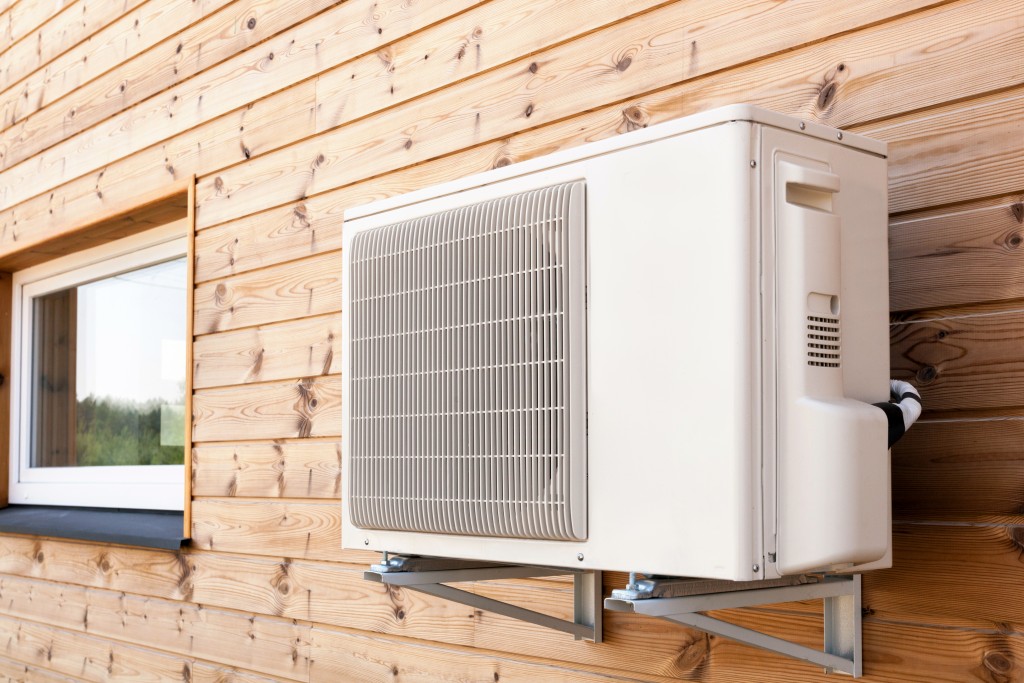We all rely on energy to power everyday life, and we know some devices consume more energy than others. But you’d be surprised by how energy-intensive some devices are. According to the U.S. Energy Information Administration, the top two energy consumers in homes are heating and cooling. At least 51 percent of a home’s energy consumption goes to space heating and air conditioning.
There are ways to lower your heating and cooling energy use. You can look for air-conditioning unit replacementin Salt Lake City and have your old unit replaced with a more energy-efficient model. There are simpler and more convenient methods as well.
Here are a few pointers for improving your home’s heating, ventilation, and air-conditioning (HVAC) systems:
1. Seal your home
Your home’s climate control systems will have to use more energy to keep a space at the desired temperature if there are hot or cold air flowing from the outdoors. One of the simplest ways to improve heating and cooling efficiency is to insulate your home and keep air from flowing in or out.
For starters, keep all doors closed when the heater or air conditioner is at work. If possible, close the curtains as well: exposed windows also affect internal temperatures. Your walls should be adequately insulated if you want to seal your home properly. You can improve energy efficiency by as much as 20 percent by following this suggestion.
2. Keep the thermostat properly calibrated
Thermostats will have to be calibrated once in a while to ensure accurate temperature measurements. A poorly calibrated thermostat can be as much as five degrees off the correct temperature, costing you more money in heating or cooling down the line. It can make a space feel cool even when the heating is on, or force you to crank the thermostat up just to get your desired heat level.
Check your thermostat’s manual for instructions on temperature calibration. Older HVAC systems employ a mercury switch, while the newer models use magnetics and screws for calibration.
3. Inspect the economizer

HVAC systems often employ the use of economizers to lower energy costs and improve efficiency. They’re more common in systems where cooling is essential. However, faulty economizers can also lead to increased power consumption due to improper installation or handling.
Inspect the economizer for any signs of damage. For instance, the dampers should be closed. If they’re open, it means the economizer has been tampered with. Another thing you should look out for is visible signs of repair, such as dried glue or strings.
4. Turn it off
Consider turning off the HVAC system when no one is at home. There’s no point in keeping the system running if no one’s around to benefit from the heating or cooling.
Of course, there are a few exceptions. If you have valuable art or books at risk of damage, or pets, and plants, then you can keep the system on. During winter, you also need to keep the heating on to prevent water from freezing in the pipes.
You can automate the system by installing timers throughout your home and connecting them to the system.
Heating and cooling systems, just like any machine, will eventually break down. These strategies will prolong your HVAC system’s service life and improve its efficiency. Regular maintenance also goes a long way in reducing your home’s energy consumption.

